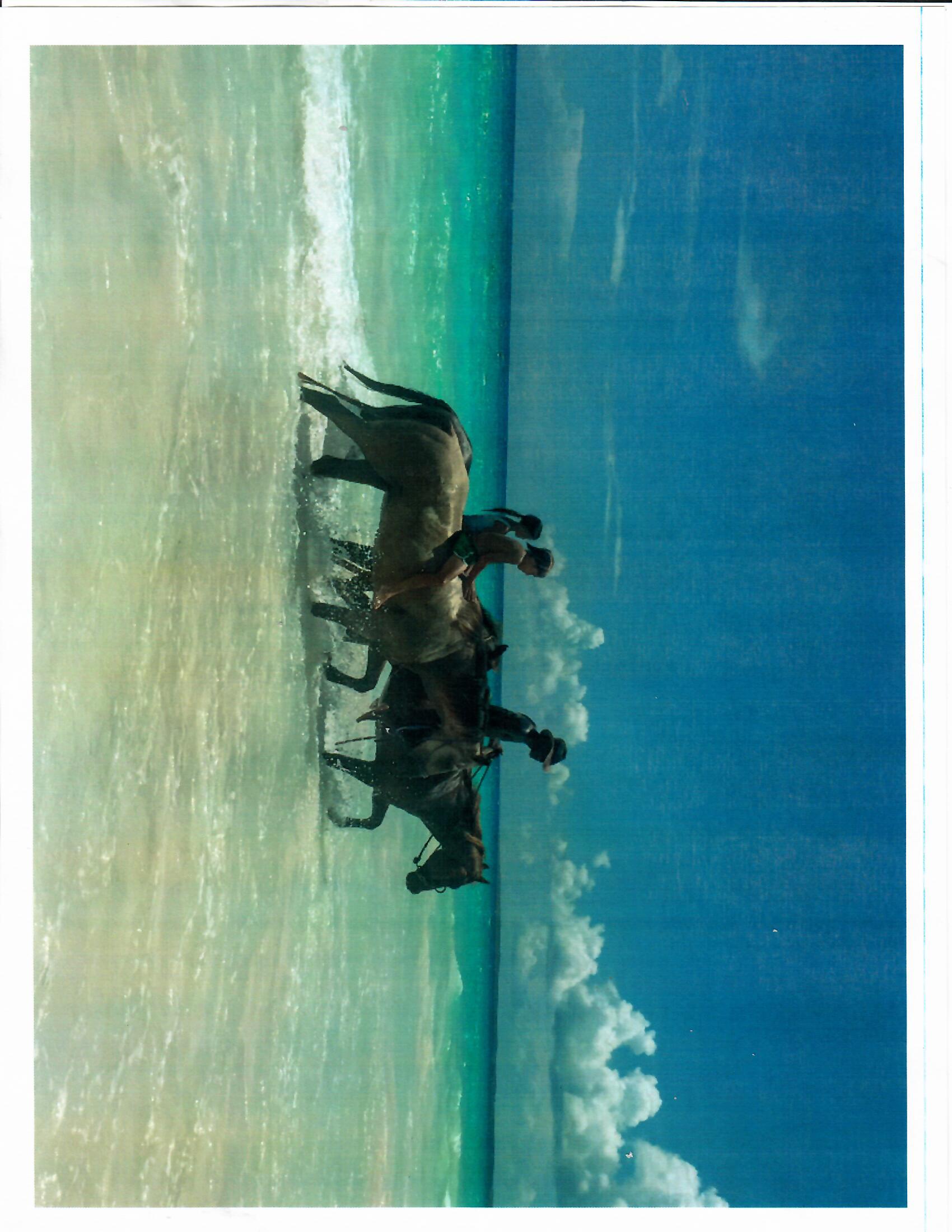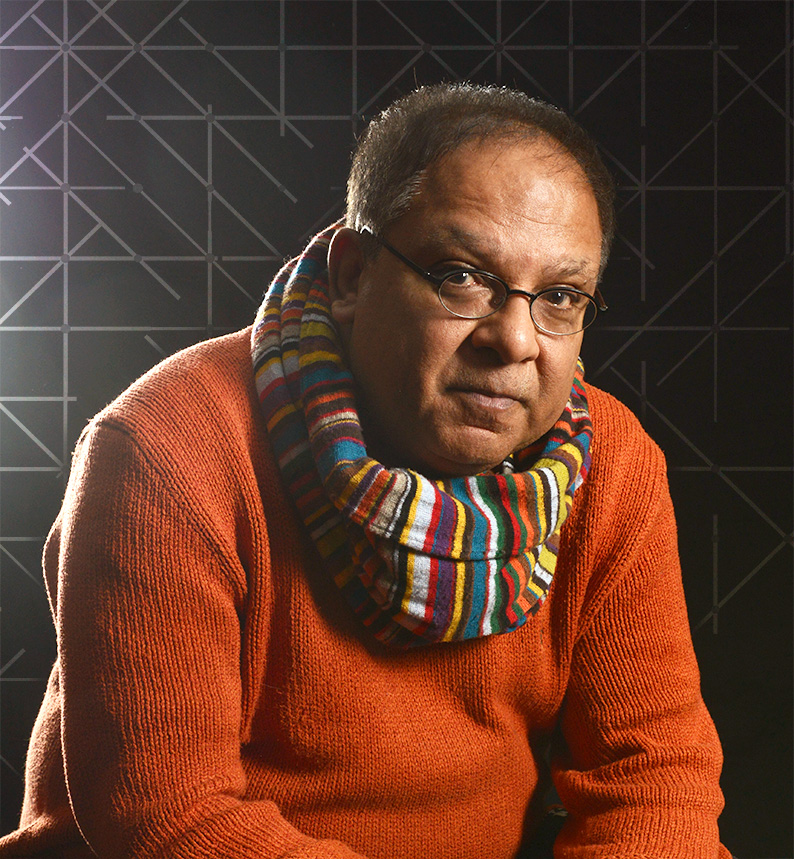The next best thing to travelling is to write about it.
PHOOEY.
“ Wake up, wake up! “ it’s 6.00 a.m. on Paradise Island, Bahamas. It’s Christmas and we’re up at this time of day. Sheesh. We shower in silence, eat our free breakfast buffet – boxed cereals, mini muffins and pineapple chunks- nothing much to write home about.
The taxi picks us up at 7 a.m. sharp to take us to Potters Cay ( pronounced “ Key”).
“ Don’t venture into the Cay at night. Beware of being robbed if you do. They serve the freshest Conch ( pronounced ”Konk”) in town. It’s the local aphrodisiac,” we are told time and time again.
From the heights of decadence, we are transported across a bridge, then underneath it, past clapboard shacks and stalls ,one after the other, soon to open up as bars and mongers of fish and conch from the men landing with their cache. Gulls swarm overhead, searching for their first meal of the day. The road is potholed, making us lurch from side to side. We are following a convoy of cars and trucks , their rooftops burdened with bright cloth bundles, cardboard boxes and crates, all heading to the edge of the pier where a high-speed catamaran awaits us. The stench of urine, rotten fish and garbage is overwhelming.
Aboard the catamaran we are led through the main deck. It’s full of black locals, packed together like sardines, a sprinkling of white tourists among them. We climb stairs to a spacious air-conditioned lounge for first-class passengers with windows on all sides overlooking the sea. Beneath sparkling sunshine, every shimmering hue of blue and green water shines forth. The journey to Harbour Island, a hundred kilometers away, takes two hours. We pass along the Eleutheras , stopping briefly at Spanish Wells, a town of 1,500. The community acts as a boat repair and maintenance hub. In Canada, we’re used to multi-storey carparks. Here, the parked cars have been replaced by row upon row of boats stacked one upon the other, all along the quayside. With its pristine white sandy beaches, its splayed palm trees, the island exudes the allure of a desert island of our dreams.
An hour later, we dock at Dunmore Town, on the westside of Harbour Island. There, we are accosted to rent a golf-cart. There are no cars on this island of 1,800 inhabitants. We politely decline, making our annual pilgrimage by foot, to the east end of this island. It’s a twenty-minute walk through a sandy path, shaded by palm trees. To me, it’s a memento of my childhood days in Africa. On either side of the path are, what we East Africans would call, shambas – little personal farms housing timbered bungalows roofed with palm leaves. Dogs bark here and there, but the most memorable sound, reminding me of those olden days, is that of roosters crowing.
Our leisured walk ends at a two-storey building composed of large stones embedded in concrete. Attached to its exterior, a stairway leads to a covered open restaurant overlooking the most beautiful beach in the world. Its sand all pink, running through your fingers like talcum powder. Barely a dozen sunworshippers lay across its three-mile stretch. A couple of kids attempt to build sandcastles, digging a canal to the aquamarine sea. They carry buckets of water in their hand to concrete the sand. No crowds, an all fulfilling tranquility. The temperature is a constant 70F/21C, made pleasanter by the recurring mild breeze. If this isn’t paradise, what is?
Of a sudden, we see a man on a trotting horse, leading two children, also on horseback, a foot deep in the sea. “ That’s Bob,” our hostess beams.” Would you like a ride? I can wave him in for you.”
Save for us, the dining room is deserted. We order our food. The salad of king prawns, conch and avocados in raspberry dressing, with taco strips on top, is to die for. Our two boys order grilled chicken breasts on poppyseed buns with lime dressing. I order the same. Laura, grouper fish in flaky pastry, the texture of rice paper . There is NEVER quick service in the Bahamas. On arriving from Canada, it takes us days to accustom ourselves to the local rhythm of life. But it’s worth it. As we anticipate a half-an-hour wait to be served, the boys gather up their pack of playing cards, reeling me into a game of three-man bridge. Laura is busy taking snapshots of us, the horses, the beach and the pseudo beach huts- luxury haunts of reclusive film stars and billionaires seeking sanctuary far from the madding crowd.
Late lunch completed with homemade key lime pie and coconut ice cream, we saunter the beach and turn back to the harbour, window shopping along the way for fine artwork depicting old colonial homes of British settlers, escaping the American War of Independence. The boys try on T-shirts. Evening pervades our departure as we climb on board our catamaran for home.
A week later, we are in the departure lounge of Lynden Pindling Airport. “ Pops,” the boys come to fetch me,” there’s Bob.”
“ Who ?”
“ The horse rider from Harbour Island.” And there he is, on a life-sized poster plastered on a wall by the Bahamas Tourist Board, riding his horse, towing a line of kids behind him.
For once, the Tourist Board has understated the beauty and majesty of a pink sand beach invaded by horses galloping across its aquamarine water.


